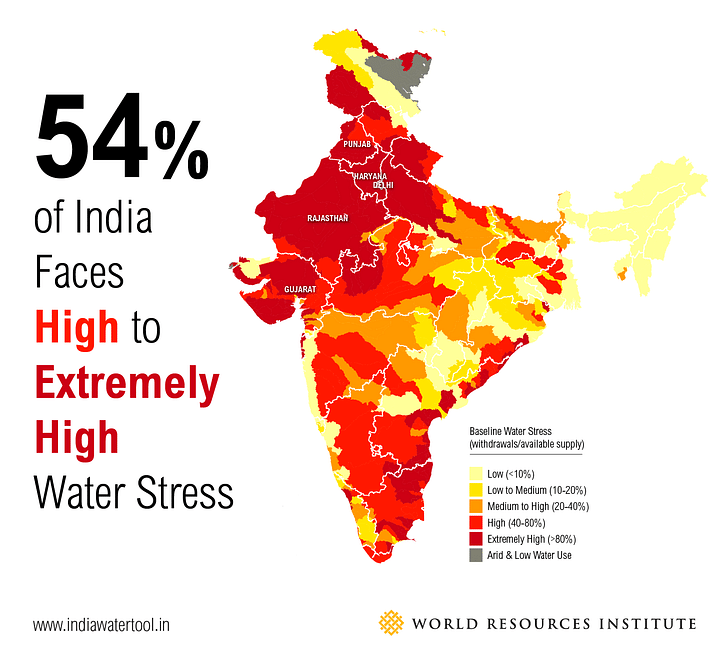The first-ever water budget of India is here, and the state that has pioneered is known for its lush greenery and water abundance. Yes, you guessed it right. The government of Kerala has launched water budgets for 10% of the state’s village panchayats to audit water availability, measure usage patterns, and explore the scope for augmenting this dwindling resource. Here are some important points you should be aware of:
- This budget has been adopted on April 17, 2023, as a solution to water scarcity during summer months to ensure equitable water distribution. In the first phase, the budget has been prepared for fifteen block panchayats and 94 grama panchayats.
- The water budget considers the amount of water that a particular region will get over a period of time and maps this against the water consumption based on population numbers.
- The third phase of the Ini Njan Ozhukatte (Let me flow now) project, for the rehabilitation of irrigation networks in the Western Ghats has also been launched along with this public water budget.
- The concept behind a water budget is that the rate of change of water stored in an area is balanced by the quantity and rate at which water flows into and out of that area.

Kerala is a state that is known for its backwaters and the network of canals. Despite having an abundance of water, they understood the gravity of declining water resources. Therefore, the states facing a serious water crisis must follow Kerala’s path to ensure sustainable water management. According to the report of Niti Ayog, Government of India, the states of Maharashtra, Gujarat, Karnataka, Jharkhand, Andhra Pradesh and Rajasthan, Uttar Pradesh, Punjab, Delhi, Bengaluru, and Chennai have been facing serious Water scarcity since 2018.
Let’s understand how the concept of a water budget can be a helping hand for these states. A water budget acts like a hydrology tool used to quantify the flow of water in and out of a system. In other words, it is an accounting of all water stored and exchanged on the land surface (rivers, lakes), subsurface (aquifer, groundwater), and atmosphere (precipitation, evaporation). This accounting is done by the hydrological engineers with the help of water intelligence SaaS platforms used at larger scales. These devices are capable of tracking, measuring and analyzing water consumption data. Derived information is eventually harnessed to form the basis of effective water-resource sustainability, management, and environmental planning.
By 2040 an estimated 50% of all India’s aquifers will be at critical or over-exploited levels. The impact of dropping water levels in the major regions of the country is severe. It raises questions about the future of food production. About 74% of the wheat-growing area and 65% of the rice-growing area will face significant levels of water scarcity by 2030, according to a 2019 report by the public policy think tank NITI Aayog. Not only this, India could experience a drop of 6% in its GDP due to water scarcity alone. So where will all of this leave us?
It’s high time that states manage water resource judiciously. A proper balance between the demand and supply of water must be maintained. Soaring temperatures across the globe can worsen the situation. There has been no time more significant than this for a water budget. The unpredictability of rain patterns also demands a proper water management system across the country. It’s common to see how improper channelization of water results in crop and infrastructure damage. But due to climate change, the intensity and unpredictability of rains have increased considerably. It becomes paramount to manage water in such a scenario. Water budgets could be the first step towards some real ground actions to save the country from a looming water crisis. Hence, every state must follow what god’s own country has pioneered.
~ Pragya Singh
FluxGen -Marketing Intern






